Northern Dewberry (Rubus flagellaris) is a perennial shrub from the Rosaceae family, closely related to roses. Native to Canada, Mexico, and the United States, this hardy plant is known for its fragrant blooms that attract pollinators like bees. Its edible berries are a popular ingredient in pies and other treats, making it a favorite for home gardeners who enjoy growing their own produce.
With its trailing growth habit and low-maintenance nature, the northern dewberry thrives in various conditions, making it an excellent addition to edible landscapes and wildlife-friendly gardens.
| Common name | Blackberry, Common Dewberry, Dewberry, Northern Blackberry, Northern Dewberry |
| Botanical name | Rubus flagellaris |
| Family | Rosaceae |
| Species | flagellaris |
| Origin | Canada, Mexico, United States |
| Life cycle | Perennial |
| Plant type | Edible |
| Hardiness zone | 3, 4, 5, 6, 7, 8 |
| Sunlight | Deep shade |
| Maintenance | Low |
| Soil condition | Clay |
| Soil ph | Acid |
| Drainage | Well-Drained |
| Growth rate | Fast |
| Harvest time | Spring |
| Flowering period | Spring |
| Flower color | White |
| Leaf color | Green |
| Fruit color | Black |
| Stem color | Brown, Copper |
| Fruit type | Drupe |
| Fruit benefit | Edible |
| Garden style | Butterfly Garden |
| Uses | Naturalized Area |
I. Appearance and Characteristics
Rubus flagellaris, the northern dewberry, also known as the common dewberry, is a North American perennial subshrub species of dewberry, in the rose family.
Rubus flagellaris is native to the central and eastern United States (from Texas, Oklahoma, Kansas, and Nebraska to the Gulf and East Coasts and the Great Lakes region), eastern Canada (Ontario, Quebec, New Brunswick, and Nova Scotia) and northern Mexico (Coahuila, Hidalgo, Nuevo León, San Luis Potosí, Sonora).
Rubus flagellaris grows on dry soils, bogs, soft soils and wooded soils. This species is actually especially adapted to coarse textured soils (such as sandy soils), fine textured soils (such as loamy soils) and medium textured soils (such as clay-textured soils). R. flagellaris grows in a wide range of habitats including mesic to dry savannas and sandy savannas, abandoned fields, meadows in wooded areas, and woodland borders.
Rubus flagellaris is adapted to a precipitation zone that ranges from 15 to 40 inches/year, tolerates soils ranging from 5.0 to 7.0 pH, and can survive temperatures as low as −23 °F (−31 °C). This species has a low tolerance to drought conditions and an intermediate shade tolerance, when compared to other species with similar growth habits in its natural regions. The plant has no salinity tolerance.
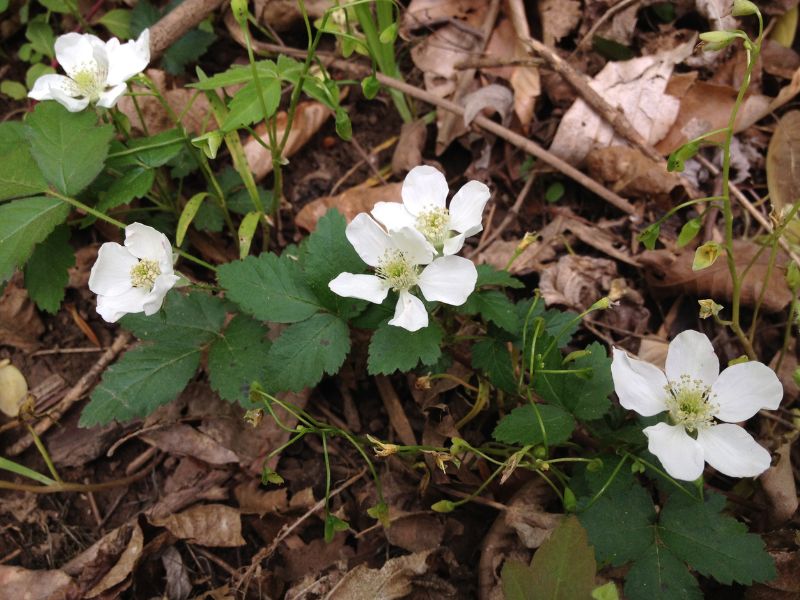
Rubus flagellaris has low-growing stems that range from 8–15 feet (2.4–4.6 m) long, and flowering stems that can grow up to 4 feet (1.2 m) in height. It can grow as a woody vine or low growing shrub. The young stems are green with a scattered arrangement of hairy prickles. The old stems are brown, woody and have hard prickles in comparison to the young stem. Sometimes the tips of the young stems root into the ground and form vegetative offsets.
The species has its most active growth from mid-spring to early summer. The roots of the northern dewberry consist of a woody taproot.
The plant has an alternate, compound leaf arrangement, with mostly three, but sometimes five leaflets per leaf. The margins of the leaves are serrated and the leaves show a palmate venation. Each leaflet is ovate, approximately three inches (75 mm) long and one inch (25 mm) wide. The leaflets are green on top, but pale green on the underside. One leaflet of a set is connected by a petiole to the stem while the other leaflets in the set are connected to that terminal leaflet.
The plant produces a five-petaled white flower, each flower about one inch (25 mm) in diameter with five petals. The flowers exhibit a terminal inflorescence with one to five flowers per young stem. The flowers are hermaphrodites and have both female and male sex organs. There are five sepals, green in appearance, lanceolate in shape. The ovaries exhibit a superior position relative to the sepals and petals. Several stamens surround a cluster of carpels. The flowers would then open up at daytime, but close up at nighttime.
Once the flowers of the northern dewberry are fertilized, drupes soon grow and replace each flower. The drupes are a dark-purplish color and range from ½ inch to one inch in diameter. Once the fruit has fully ripened it has a tart-sweet flavor.
II. How to Grow and Care
Sunlight
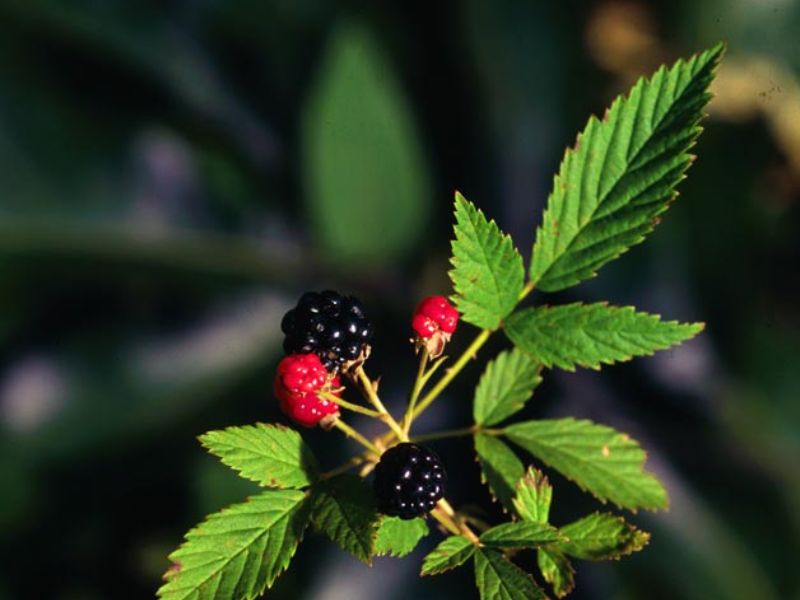
Northern dewberry thrives best in full sun conditions where it can receive direct and intense light for the majority of the day. This light intensity promotes vigorous growth and optimal health for the plant. While northern dewberry is quite adaptable and can tolerate partial sun, lower light levels may lead to reduced fruit production and vigor. To achieve its full potential, northern dewberry should be planted in an outdoor environment where sunlight is abundant.
An open area with minimal overhead obstruction is ideal, allowing northern dewberry to benefit from the sun’s rays throughout the day. Despite not being a common indoor plant, northern dewberry’s versatility in light exposure makes it an adaptable species in various outdoor growth settings.
Temperature
As a large genus, Rubus has a wide distribution range which means you are always likely to find a proper species or cultivar that grows well in your garden. Generally, Rubus species flourish in temperate zones, and adaptable to slightly harsh conditions. Select cultivars that may thrive in your garden, thus the preferable climate will encourage them to bear more edible fruits. Northern dewberry prefers moist to slightly dry conditions, so it is important to avoid waterlogging.
Watering
Northern dewberry is a plant with moderate water requirements, adapted to environments with balanced humidity. Originating from regions where rainfall is evenly distributed, it has developed a preference for consistent moisture levels. Its watering schedule should follow a routine of once every 2-3 weeks. Being an outdoor deciduous plant, northern dewberry tends to lose its leaves during dry periods as a survival strategy, demonstrating its unique adaptation to water scarcity.
Soil
Northern dewberry is not picky about soil, as long as the soil is slightly acidic and well-drained. The ideal soil pH range for it is 5.5–7 while a few species and cultivars of Rubus may tolerate slightly alkaline soil as well. Rich loamy soil mixing with some sandy soil can be a good option. Always remember to avoid the heavy clay soil because it can become soggy easily. Hilled soils that promote drainage can also be taken into consideration, instead of wet, flat fields.
Fertilizing
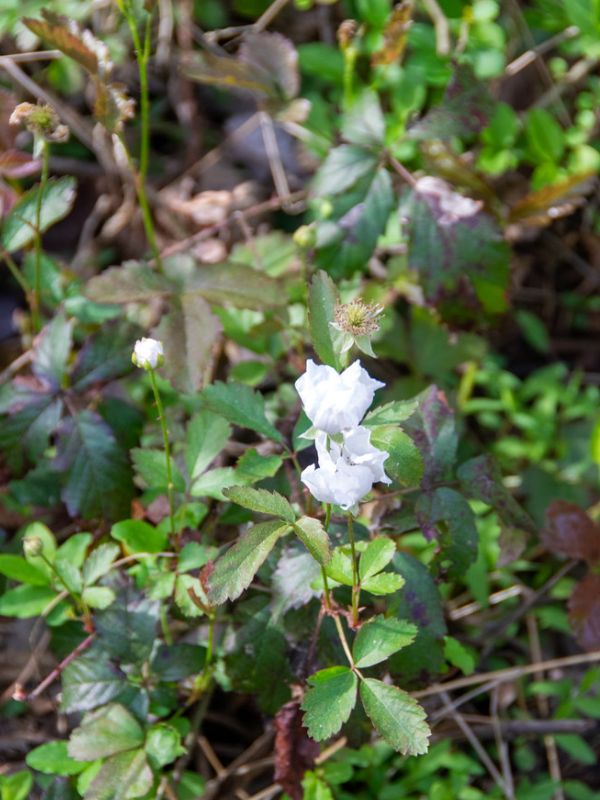
For optimal growth, northern dewberry benefits from a balanced fertilizer in spring, transitioning to high nitrogen formulations pre-flowering. Apply a balanced 10-10-10 fertilizer monthly, halving dosage in colder months. Switch to high nitrogen before flowering to boost fruit set, using a 2-1-1 ratio every 2-3 weeks. Over-fertilization risks growth at the expense of fruiting. Seasonal adjustments support northern dewberry’s changing needs, enhancing yield and vitality. Novices should start with lower concentrations to prevent burn, while veterans may tailor schedules to northern dewberry’s response, ensuring a thriving plant.
Planting Instructions
Generally, northern dewberry is planted with saplings that are easily purchased from nursery or gardening stores. Avoid northern dewberry collected in the forest as diseases are a big problem for wild Rubus., Plant your northern dewberry in winter or early spring in your garden. Northern dewberry grows wild where there is much sunlight from above and a wealth of leaf litter, otherwise known as mulch or organic matter in the soil below.
Because of this, your planting site is recommended to have ample sunlight and you should have organic matter such as grass clippings readily available. Keep your plants far away from any wild brambles to keep them healthy. Also, plant your northern dewberry in separate rows. The optimum spacing can be achieved by creating rows about 3 m apart with plants 60 cm apart within each row. Set a trellis on each side and tie the canes onto the trellis line or wire.
Northern dewberry will spread both rapidly and at long distances. If you do not want it everywhere in your garden, regularly prune it or grow it in containers. You are recommended to find a prickle-free and small variety to plant in pot, which may be handy for you. Use a shallow but large container for it because its roots spread shallowly outward. Potting soil and sunny place are standards for northern dewberry.
Pruning
Pruning is important for northern dewberry growers. Prune all canes that bore fruit this year down to the bottom right after harvest. All first-year canes should be cut about half to stimulate lateral growth from the side every late winter or early spring. Remove all suckers and trim overcrowded canes. Northern dewberry grown in patches must be pruned to ensure that individual canes are not touching to avoid disease infections. Be sure to remove any thinned or pruned canes from the field because old canes left on the ground can harbor disease.
Propagation
Both roots and stem cuttings can be planted to propagate new individual plants. Because of this, make sure to purchase plants from a reputable nursery, otherwise diseases are spread everywhere with your new individuals. You can do root cutting in late winter to ensure the threat of hard frosts is gone, or stem cutting in early summer. The operations are the same. Cut a 10 cm long root or stem and plant it into the moist, clean soil. Keep the soil moist and it will take 2-4 weeks to root.
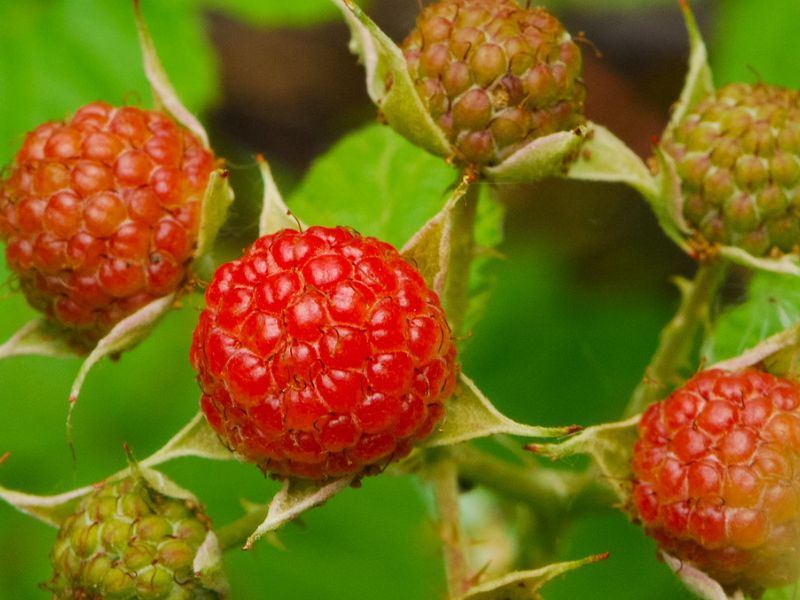
If you try to grow northern dewberry from seeds, remember that you must recreate a harsh environment such as exists in the birds’ crop (digestive tract) where sand, pebbles, and seeds churn. Therefore, you must scrap the seed with a file or sandpaper to open up the tough seed coat and allow it to sprout. Sow in early fall in the ground and some may need cold treatment at 3 ℃ for a month before sowing at the beginning of the following year. There is no specific care required after sowing and you can transplant larger seedlings where they can grow better.
Transplanting
The best time to transplant northern dewberry is at the cusp of spring to summer, affording it adequate light and warmth for rooting. Choose a sunny location, with moist, well-drained soil. Remember, northern dewberry doesn’t take well to waterlogged conditions, be gentle during the process to minimize root damage.
III. Uses and Benefits
- Ornamental uses
In addition to providing tasty berries, northern dewberry is a decorative creeping vine that can be grown as ground cover in a variety of gardens. Its white spring blooms add decoration to cottage or informal gardens, while the nectar in its flowers draw bees, butterflies, and hummingbirds to wildlife or pollinator gardens.
- Other uses
The ripe berries are edible and can be eaten raw. They are also used to make preserves, pies, and cobblers.
IV. Harvesting and Storage
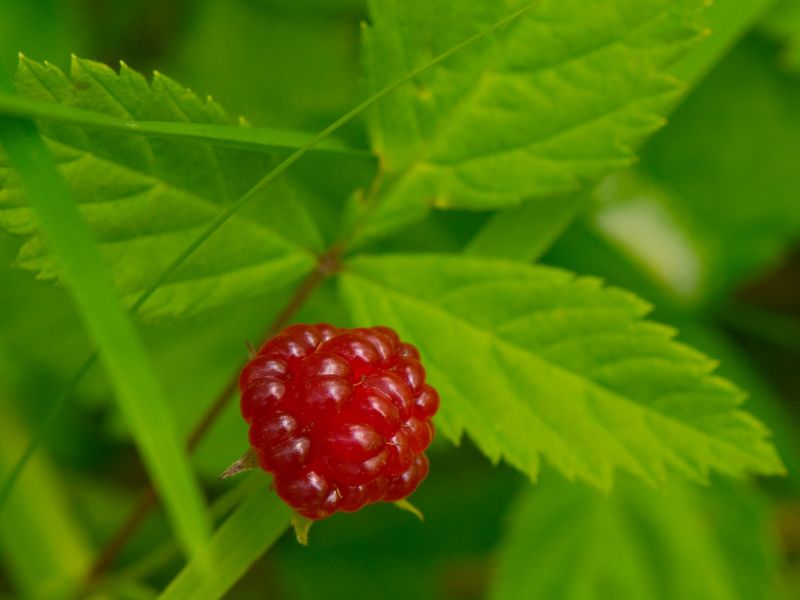
Taste the fruit and it will tell you when it is time to harvest. Ripe fruits will be sweet and juicy. If they are still sour or tart, let them ripen a bit longer. Usually you can start harvesting from midsummer till mid-fall, according to varieties. You should harvest the fruits when all dews or raindrops are dry to prevent molds. They have a short shelf life, so refrigerate them after harvest without washing. As for some sour species, process them into delicious jams or jellies.
Find Where to Buy the Best Common Dewberry (Rubus flagellaris)






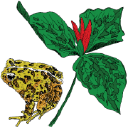

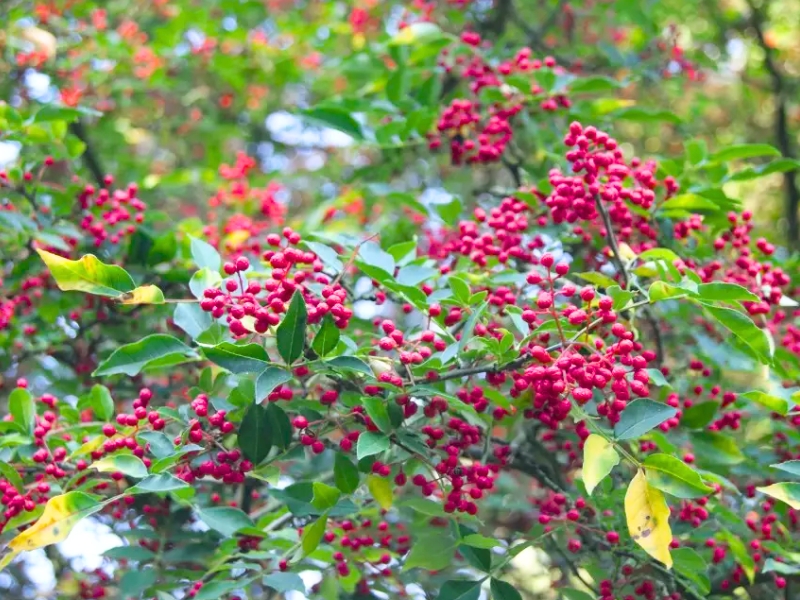
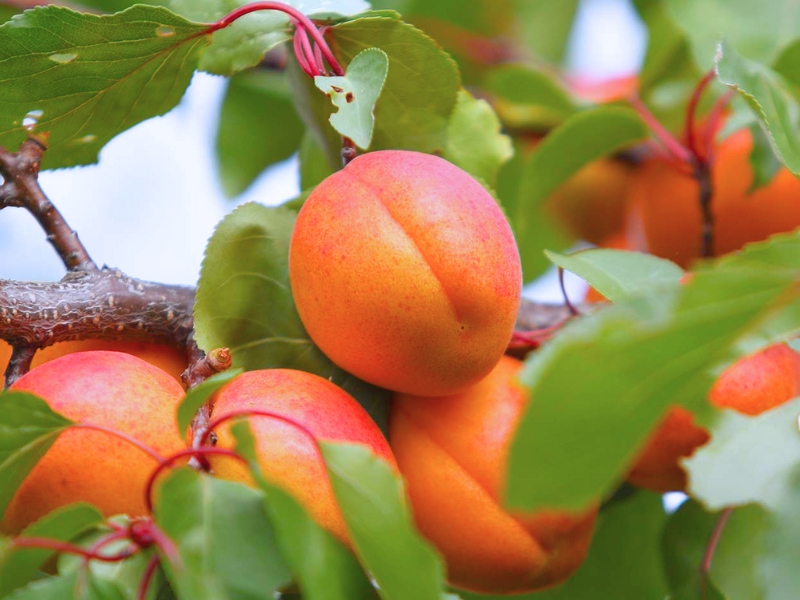
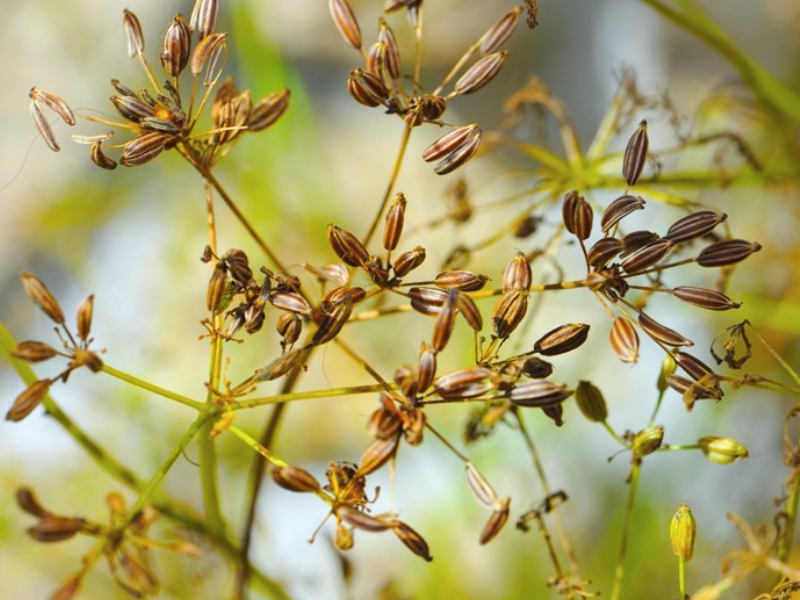
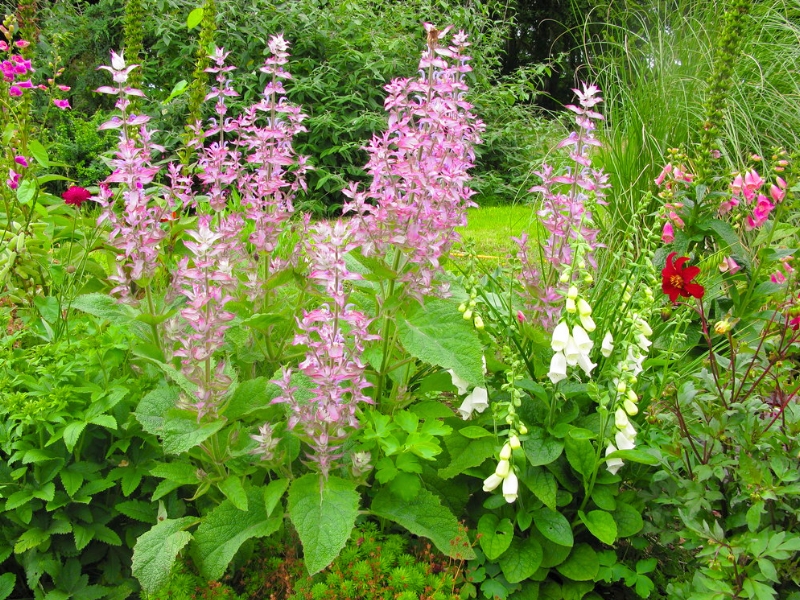
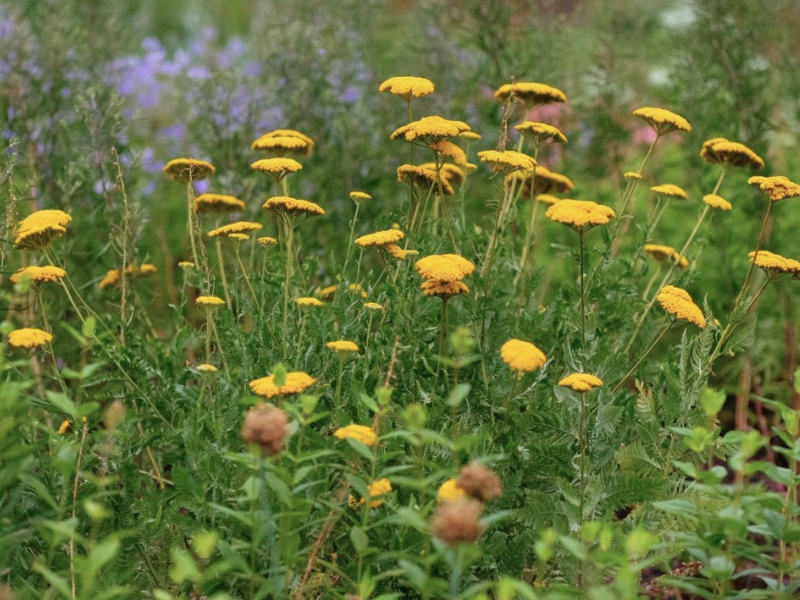
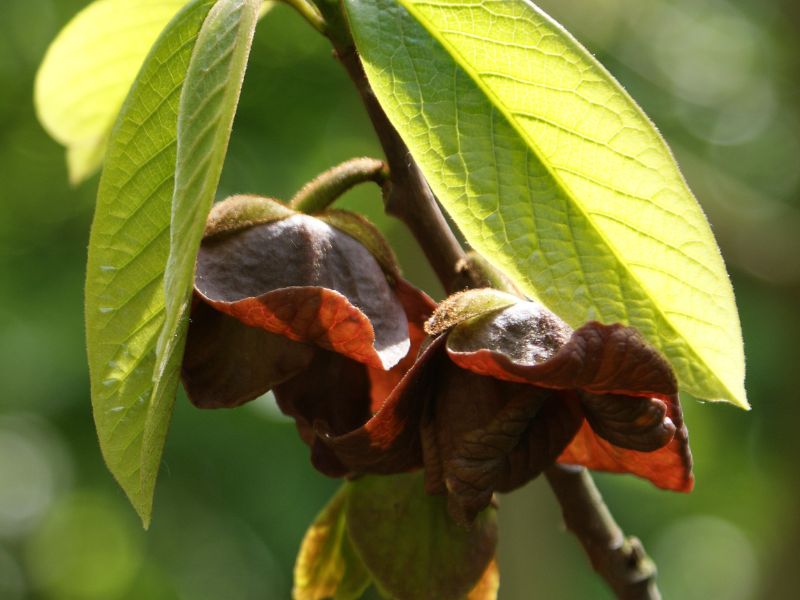
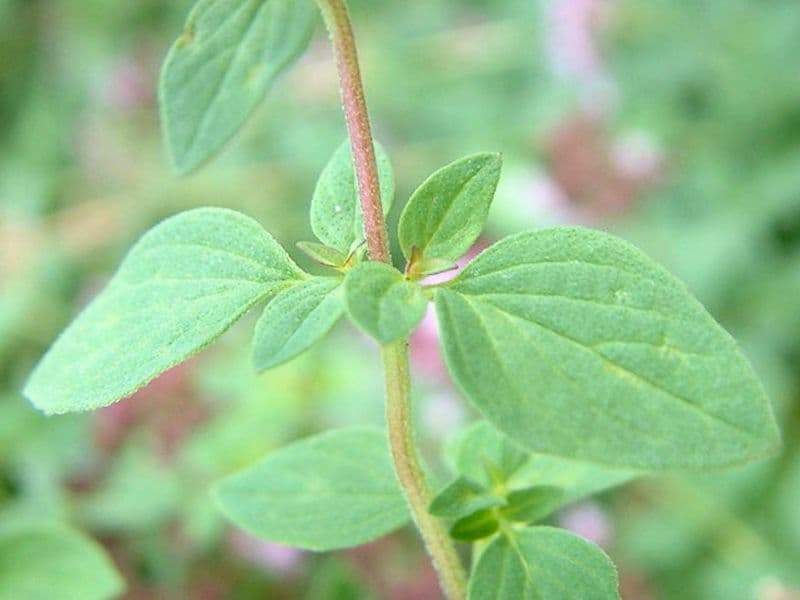
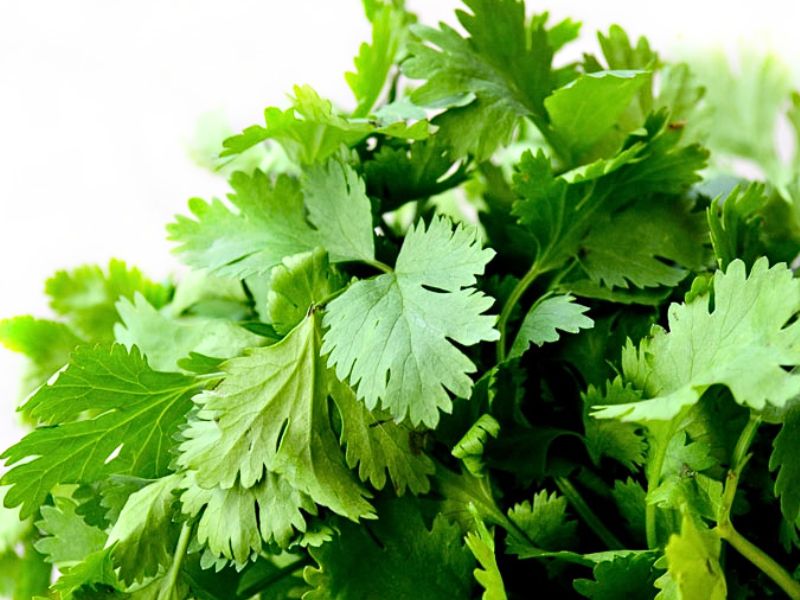
Leave a Reply